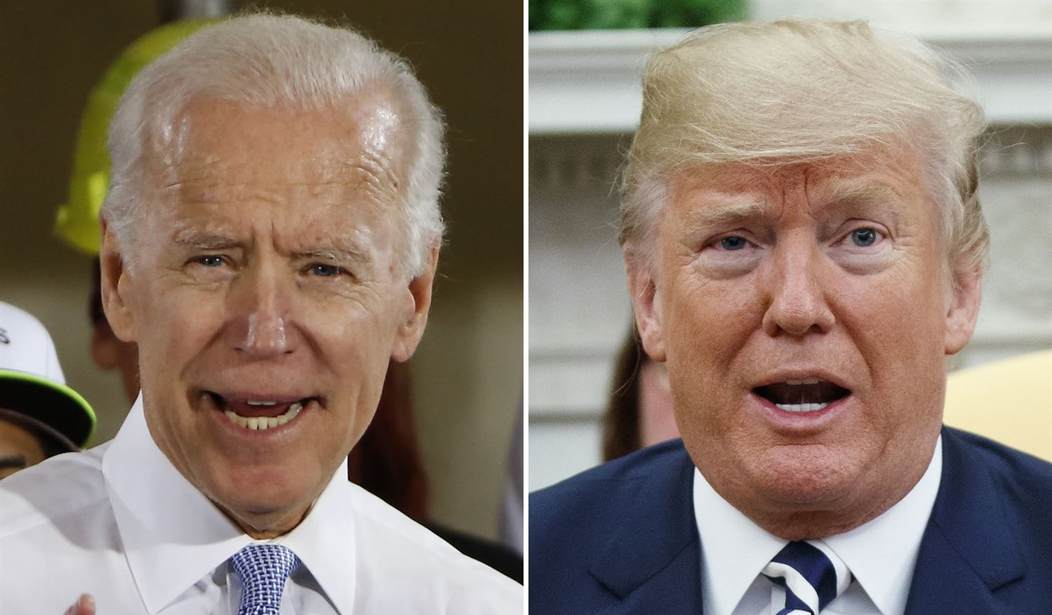The anti-Trump Republicans are at it again. In recent weeks, we've seen a tightening of national polls, and the same crowd of Republicans who are convinced that Trump "can't win" in November are screaming from the rooftops, "See, we told you so."
It's getting somewhat tiring to see them do this again, but it's still worth talking about what's going on. If you look at the RealClearPolitics average of national polls, Trump has led by as much as 4.3 points as recently as January. Currently, Trump still has a lead, but it's shrunk to two-tenths of a point.
Is it time to worry?
I'm not. Let me explain why. The first thing I must point out is how the polls this year compare to the polls from four years ago. Check out the graphs below:
Compare the @RCPolling trend of 2020 (left) vs. 2024 (right) and ask yourself which candidate should be panicking right now. pic.twitter.com/CiJHrIskAI
— Matt Margolis (@mattmargolis) April 16, 2024
As you can see, Joe Biden had a consistent lead in national polling in 2020. Despite that lead, his victory in 2020 hinged on razor-thin margins in a few select states in an election where 43% of the vote came from mail-in ballots because of the pandemic.
Still, it's perfectly legitimate to ask what's causing the movement in the polls. According to the anti-Trump right, it's Trump's fault. But that doesn't appear to be the case.
Related: The Reason Why Trump Will Win in 2024
"Some of this movement is likely just Democrats coming home," explains Sean Trende at RealClearPolling. "There are, after all, some logical reasons to expect this."
Trende cites Biden's student loan forgiveness program, his State of the Union address, and his tougher stance on Israel as the key likely factors contributing to this apparent rally.
At the same time, Biden’s job approval rating has remained mostly stable, which seems inconsistent with voters changing their minds about him. Instead, some of this phenomenon is probably just an inevitable return of low-hanging fruit: Biden was never going to take just 43% of the vote, so an upward tick was going to happen sooner or later.
Meanwhile, Trump's numbers have remained relatively stable. "Trump’s vote share has generally been trading between 45.5% and 47%, while Biden seems to have broken out of the 43%-45% range he’d been stuck in since early 2023," Trende observes. "Again, this seems broadly consistent with the idea of Democrats who don’t particularly care for Biden resigning themselves to the fact that for better or for worse, he’s the guy."
Another factor to consider, which should be obvious to anyone who looks at the graph of the 2020 election, is that Biden needs a rather solid national popular advantage to win the election. According to Trende, "we should remember that a narrow popular vote win, or even a narrow popular vote loss, is likely to produce a Trump win in the Electoral College. Obviously, we don’t know for sure that Trump will benefit from the electoral vote skew again this time, but it’s consistent with the state-level polling we’ve seen."
And, of course, polling of battleground states still points to a Trump victory.








